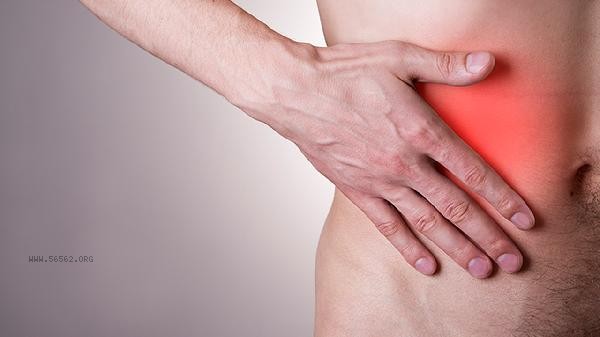An increase in low-density lipoprotein cholesterol does not directly indicate that the liver has hardened. High levels of low-density lipoprotein cholesterol may be related to improper diet, lack of exercise, obesity, genetic factors, abnormal liver metabolism, and other reasons. Cirrhosis usually presents with symptoms such as abnormal liver function, ascites, jaundice, etc.

1. Improper diet:
Long term high-fat and high sugar diet can lead to increased synthesis of low-density lipoprotein cholesterol. Animal organs, fried foods, butter and other foods contain a large amount of saturated fatty acids, which may increase the metabolic burden on the liver. Adjusting dietary structure, reducing intake of saturated fatty acids, and increasing the proportion of dietary fiber can help improve indicators.
2. Lack of exercise:
Insufficient exercise can lead to lipid metabolism disorders and reduced breakdown of low-density lipoprotein cholesterol. Engaging in 150 minutes of moderate intensity aerobic exercise per week, such as brisk walking, swimming, cycling, etc., can promote the metabolism and clearance of low-density lipoprotein cholesterol. 3. Obesity factors: Overweight individuals often have insulin resistance, which stimulates the liver to synthesize more low-density lipoprotein cholesterol. accumulation of visceral fat may cause mild fatty liver, but it has not yet reached the level of cirrhosis. Controlling weight can improve abnormal lipid metabolism.
4. Genetic factors: Patients with familial hypercholesterolemia may experience a significant increase in low-density lipoprotein cholesterol. This situation is related to the functional defects of low-density lipoprotein receptors caused by genetic mutations, and requires professional medical evaluation and intervention.

5. Abnormal liver metabolism:
Chronic liver disease may lead to dysregulation of lipoprotein metabolism, but cirrhosis is usually accompanied by more severe changes in indicators such as decreased albumin and abnormal coagulation function. A simple increase in low-density lipoprotein cholesterol reflects more lipid metabolism issues rather than liver cirrhosis specific manifestations. Maintaining a balanced diet is important for improving low-density lipoprotein cholesterol levels. It is recommended to consume more foods rich in unsaturated fatty acids, such as deep-sea fish, nuts, olive oil, etc., while increasing the intake of whole grains, vegetables, and fruits. Regular aerobic exercise can help promote lipid metabolism. Exercise at least 3-5 times a week for 30-60 minutes each time. Smoking cessation and alcohol restriction can reduce additional damage to the liver. Regular physical examinations are conducted to monitor changes in liver function, blood lipids, and other indicators, and any abnormalities are promptly sought medical attention. For individuals with a family history or long-term abnormal indicators, it is recommended to undergo more detailed liver examination and evaluation under the guidance of a doctor.









Comments (0)
Leave a Comment
No comments yet
Be the first to share your thoughts!